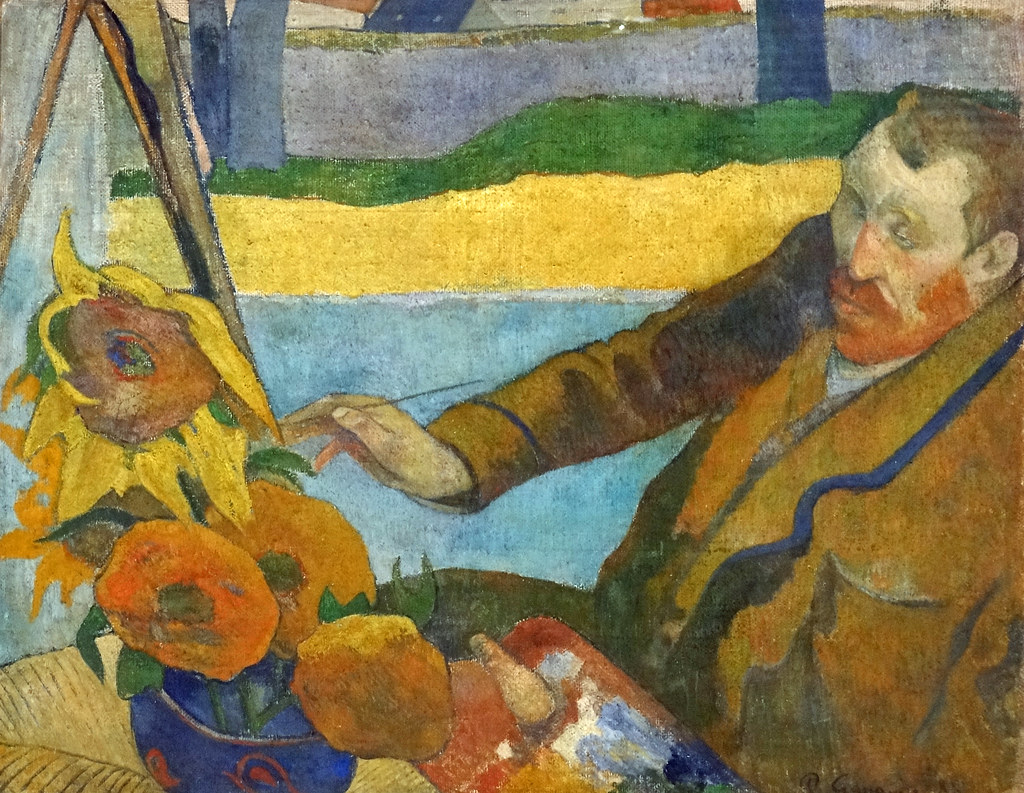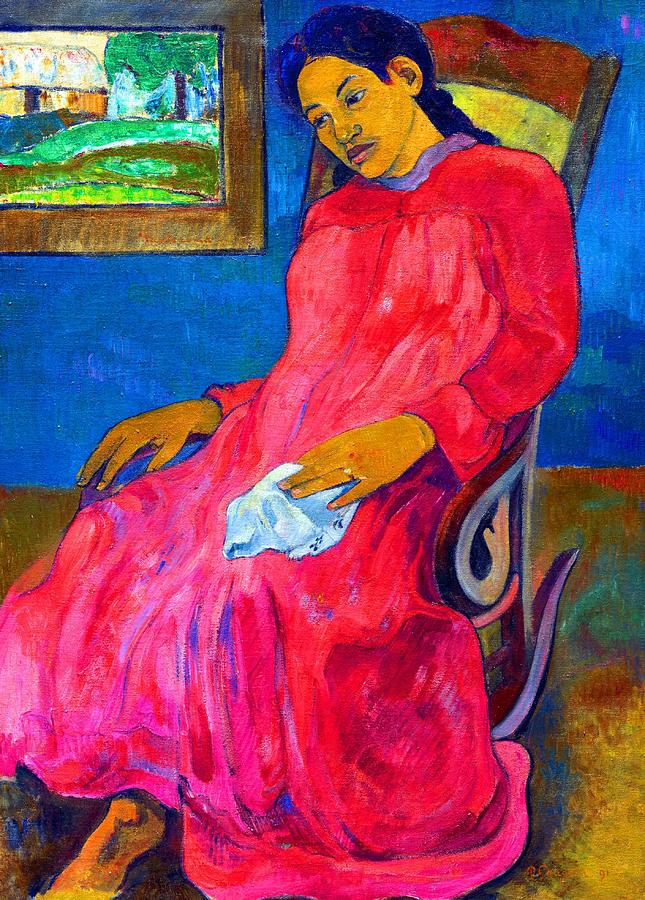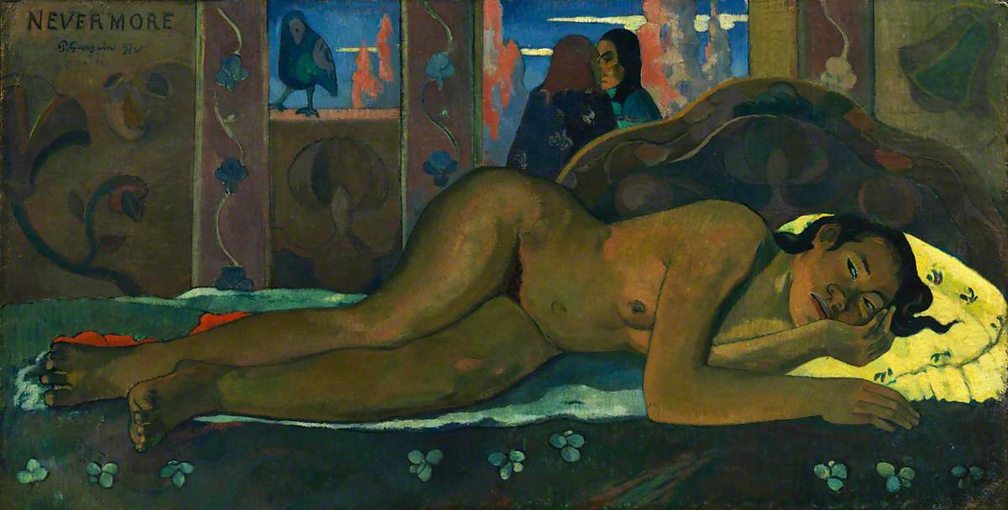This weekend the exhibition in London dedicated to the portraits of the post - impressionist artist Paul Gaugin will end and I will not have managed to see it. Because I would love to have seen it and I have heard rave reviews I feel I must dedicate some harbour space to him and so benefit from the exhibition in a sort of third party way.
From Wiki:
Eugène Henri Paul Gauguin ( 7 June 1848 – 8 May 1903) was a French post-Impressionist artist. Unappreciated until after his death, Gauguin is now recognized for his experimental use of color and Synthetist style that were distinct from Impressionism. Toward the end of his life, he spent ten years in French Polynesia, and most of his paintings from this time depict people or landscapes from that region.
From The National Gallery:
Spanning his early years as an artist through to his later years spent in French Polynesia, the exhibition shows how the French artist revolutionised the portrait.
By adding carefully selected attributes or placing the sitter into a suggestive context Gauguin was able to make portraits that expressed meaning beyond their personalities. A group of self portraits, for example, reveals how Gauguin created a range of personifications including his self-image as 'Christ in the Garden of Olives', 1889 (Norton Gallery of Art, West Palm Beach).

Christ in the Garden of Olives 1886
Gauguin depicts himself as Christ in anguish before being betrayed; a comparison reflecting the artist's own feelings of persecution and isolation.
The National Gallery:
Why are Gauguin’s portraits so important?
Gauguin gives us something new; he innovates, experimenting with colour, likeness, and composition. He isn’t interested in the social status of his subjects, and he often even projects himself onto the portrait, expressing an emotional, subjective response. His original colour choices, distortion of form, and use of symbols was revolutionary.

Still Life with Hope

Arii Matamore ( The Royal End)
In his early days on the island, the Tahitian King Pomare V died, and the French takeover of the island appeared to be complete. This moment inspired him to paint, 'Arii matamoe (The Royal End)'. Gauguin’s aim was not to literally portray the king, or to document the event, but rather he created a kind of fantastic and macabre pastiche that referenced both the loss of the local leader and the sense of mystery that the island setting had sparked in his imagination.
Teha’amana - his young Tahitian lover

When will you marry?
The Siesta

Vincent Van Gogh

Melancholy

Ia Orana Maria, 1891 and Vehine no te tiare, 1892 by Paul Gauguin | Getty Images

Nevermore - 1897 The Courtauld Gallery London
"This is a portrait of Ahura. Gauguin married her when she was 14 years old. A few months before this painting, when she was 15, she gave birth to his daughter. Tragically the baby died after only a few days and Ahura understandably sunk deep into depression.

Parau Api - what's new?


